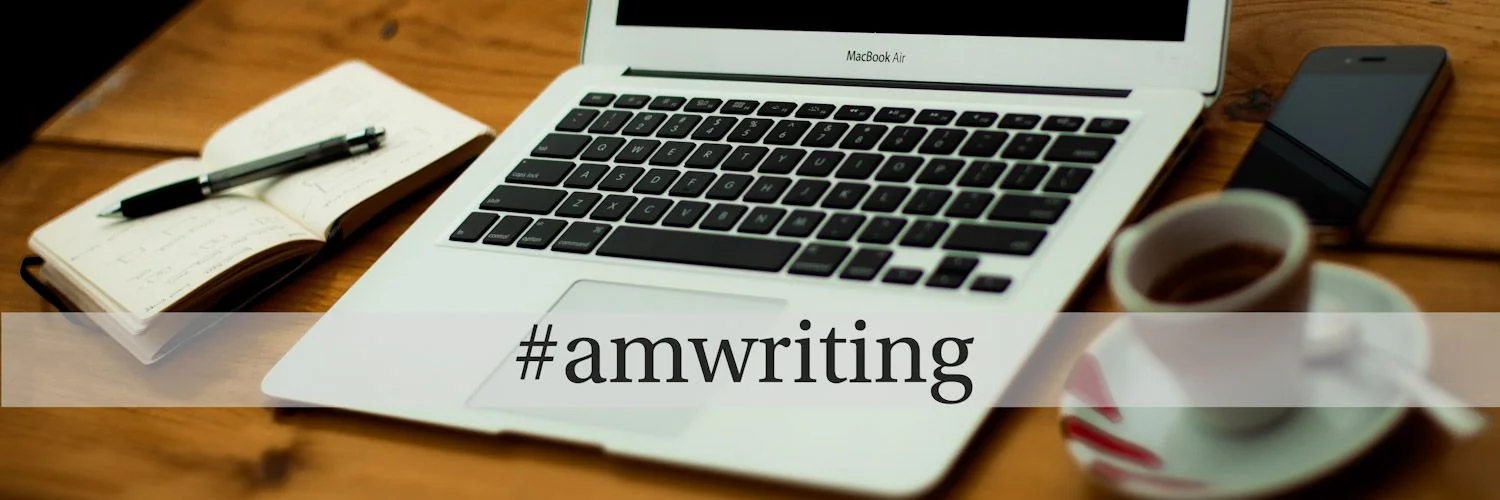The Far Side of the World by Patrick O’Brian
The Love of Stones by Tobias Hill
The Da Vinci Code by Dan Brown
Expecting Adam by Martha Beck
The Letter of Marque by Patrick O'Brian
The Art of Chainsaw Carving* by Jessie Groeschen
Amaryllis* by Starr Ockenga
The Thirteen-Gun Salute by Patrick O'Brian
American Evita: Hillary Clinton’s Path to Power* by Christopher Andersen
The Nutmeg of Consolation by Patrick O’Brian
The Truelove by Patrick O’Brian
The Wine-Dark Sea by Patrick O’Brian
The Commodore by Patrick O’Brian
The Shadow of the Giant by Orson Scott Card
Pride and Prejudice by Jane Austen
Animal Farm by George Orwell
Indiana Curiosities by Dick Wolfsie
Images of America: New Albany by Gregg Seidl
Uppity Women of Ancient Times by Vicki Leon
The Yellow Admiral by Patrick O’Brian
The Hundred Days by Patrick O’Brian
Madame Bovary by Gustave Flaubert
Blue at the Mizzen by Patrick O’Brian
I remember picking up The Love of Stones by Tobias Hill for $1 because I read the jacket copy and noted that Tobias Hill was a poet who had written his first novel. He’s written many now, and I should read some of his more recent work to see if he’s improved. The Love of Stones was evocative and I adored the scene setting, but the character seemed somewhat one-dimensional, and the story had some pacing issues. In all, I think it could have benefitted from a bit more editing before going to print.
I expected more, lyrically, from an established poet...what I got was an excellent sense of place from the descriptive settings, a choppy plot that doesn't quite knit together fluidly and characters about whom I remain lukewarm. Some of the situations seem a bit contrived, as well...but the story, rather the themes, have stuck with me after two years, so I can't complain that it was an overall bad book. Definitely not good, though.
-From my Goodreads review
I suppose everyone read The Da Vinci Code at some point in the 2000’s. I was no exception. I liked it, but I think people feel like they’re reading something very smart because it deals with art and architecture and classical themes, but it’s not smart fiction, really. It is an excellent example of a thriller, a genre I don’t do much reading in.
I believe I picked up Expecting Adam by Martha Beck as research for a magical realism novel I was attempting to write at the time. I never got much of it committed to paper, but I did a fair bit of outlining, research, and prep for it. It was my first serious attempt at writing a novel, and I’d still like to return to the story at some point. I began it in 2006, but in 2007 a show called Big Bang Theory debuted which took the wind out of my sails as my two main characters were a male scientist on the autism spectrum and a kindly waitress who befriends him…so basically Penny and Sheldon without the supporting cast and add in if Penny were able to do astral projection and Sheldon were a neuroscientist who flatly refused to believe in her abilities.
Amaryllis and The Art of Chainsaw Carving were both coffee table books I picked up at the library just to flip through. They earned the “did not finish” asterisk because I didn’t read them cover to cover, but felt like it was important to record them in my log for some reason. Probably because I wanted to pad the list so it looked like I wasn’t slacking off since I’d read so much in the previous year.
The Shadow of the Giant had been recently released by Orson Scott Card, and this may have been the year that I made the effort to go see him at a signing when he came to town. I remember having SO MUCH social anxiety about going. He’s still cancelled.
And because of this list, I can say definitively that I first read Pride and Prejudice at the age of 25. This would have been the year after the movie adaptation starring Keira Knightley was released, so I probably picked it up in response to that. I was still in the middle reading the Aubrey-Maturin series and those are set in the Regency time period which gives an interesting male and global perspective to Austen’s female and domestic viewpoint. I don’t remember it making a huge impact on me at the time, but I returned to read her other works at a later time and at some point my Austenite fever kicked off, though it’s hard to pinpoint exactly when or what the catalyst truly was.
Animal Farm by George Orwell is a classic that everyone should read. It’s accessible, short, and packs in a lot of societal commentary.
Indiana Curiosities and Images of America: New Albany are on the list because I was doing some further research for that book I was working on, but I also have a keen interest in local history.
Uppity Women of Ancient Times is a fun little collection of mini biographies of prominent female historical figures that “broke the rules” of their societies and are often forgotten in the history books. I haven’t read the bulk of the “feminist canon” but I sometimes pick up something like this. I should probably make a concerted effort to read feminist literature classics, though.
I believe the only reason I picked up Madame Bovary by Gustave Flaubert is to delay finishing the Patrick O’Brien series I’d so loved. But it’s a beguiling story. The translation I read is gorgeous, and I connected with the story on a much deeper level than I’d expected to. I think the theme of a woman unsatisfied with her life was very relevant to 25 year old me.


